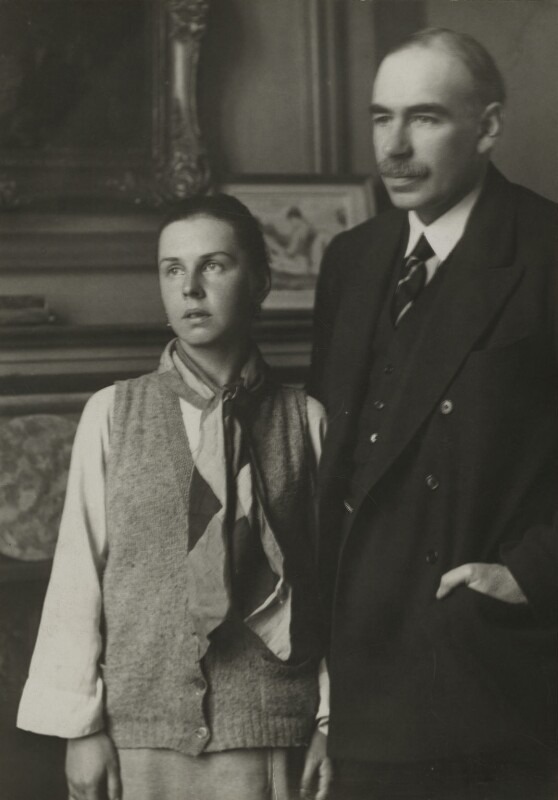people » Lydia Lopokova
Lydia Lopokova (1891–1981) Russian ballerina
Lydia Lopokova was born in St Petersburg in 1891. Three of her siblings were to study at the Imperial Ballet School alongside her, including Andrei, who became a character dancer and teacher, and Feodor, a highly respected choreographer. Lopokova herself, after graduation, left Russia to reach balletic fame in Europe and the United States of America.
Having graduated in 1909, Lopokova went to Paris in 1910 to join Serge Diaghilev’s Ballets Russes and she never returned to Russia. She spent five extremely well remunerated years in America dancing up a storm in various productions and achieving great success. When the Ballets Russes came on tour to America in 1916 she re-joined the company, travelling over several continents before returning with them to London. It was here that she began to captivate hearts, at first in Léonide Massine’s The Good Humoured Ladies and then in the Can-Can in Massine’s La Boutique fantasque.
However, the performances that were to change her life were in Diaghilev’s 1921 London production of The Sleeping Princess (Marius Petipa’s The Sleeping Beauty). She caught the attention of the economist John Maynard Keynes, who returned night after night to watch her dance. It couldn’t have been a more unlikely attraction. Keynes, already a prominent economist, was also a member of the refined and highly intellectual Bloomsbury Group, while Lopokova was part of a glittering theatrical and bohemian world. They married in 1925 (much to the horror of the Bloomsbury Group and possibly others), but it was a deep and fantastic love. Keynes helped her with artistic ventures, whilst continuing to develop his epoch-making economic theory. His forays into the world of art included the founding of the Cambridge Arts Theatre in 1936 and, more important, the founding in 1930 of The Camargo Society, one of the stepping-stones for the birth of British ballet.
Lopokova meanwhile, kept dancing, creating roles for Frederick Ashton, as well as dancing Swanilda in Coppélia. She worked as an actress, too, most notably as Nora in Henrik Ibsen’s play A Doll’s House. Lopokova was very much a part of the evolving life of British ballet, and it was with the help of her husband that the life-changing move of the Sadler’s Wells Ballet to the Royal Opera House happened in 1946. Keynes had been in poor health since the late 1930s and died shortly after the first performances of the Sadler’s Wells Ballet’s legendary performances of The Sleeping Beauty.
Lopokova’s is a vital story for British ballet. She was a vital, arresting and brilliant performer both on and off stage. After Keynes died, she faded from public view, becoming a virtual recluse. It was extraordinary that a woman who had been so very present and vivacious could disappear for so many years until her own death in 1981.

